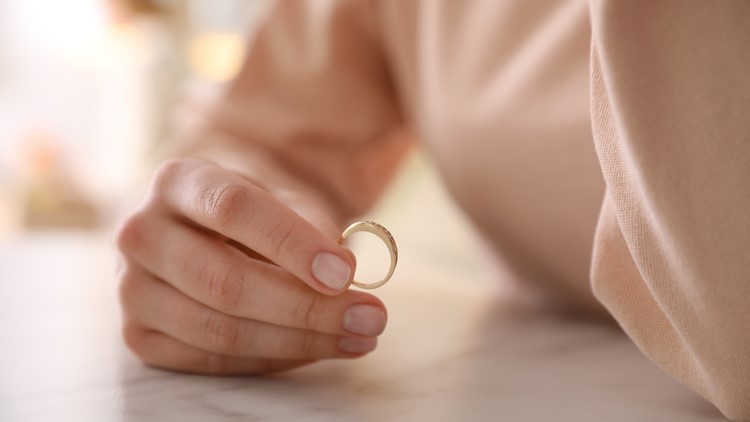BOWLING GREEN, Ohio — Research conducted at Bowling Green State University has shown that divorce rates among older adults - those aged 65 and older - has tripled in frequency since 1990.
According to a press release from BGSU, sociology professor Dr. Susan L. Brown and graduate student Jaden Loo conducted research out of the university's National Center for Family and Marriage Research regarding divorce rates in older adults. The research used data from the US Census Bureau to determine who was getting divorced and at what age.
The research found that people who got a divorce at age 65 and older did so at a rate of 15.2% in 2022, while the rate among the same category in 1990 was 5.2%.
What's causing the increase?
Brown said many of these people were among those who got a divorce as young adults in the 1970s - during the divorce revolution - and subsequently got remarried. Since research indicates remarriages tend to end in divorce more often than first marriages, Brown postulated this may be among the reasons for the increase.
But other factors may also be contributing to the higher rates, including increased life expectancy. According to a February 2020 report by the US Census Bureau, the average life expectancy in 1990 for both men and women was approximately 75 years old. In 2015, that average increased to to 78.9, with a projection to have surpassed the 80-year mark in 2020.
Life expectancy in the US has also increased drastically over the last 60 years. The same publication cited the 1960 average life expectancy as 70.1.
But divorce rates are not increasing among all older demographics. In fact, the research indicated that those aged 50 to 64 were getting divorces at a lesser frequency than their 65+ counterparts. The researchers said this may indicate the Baby Boomer generation - those who were born between 1946 and 1964 - are the generation much more likely to get a divorce than the subsequent generation of older adults.
An increasing number of older adults, too, have never been married at all. The research found that 5.2% of older adults in 1990 had never been married; by 2022, that rate had steadily increased to 6.6%.
What is the impact of the increase?
In the press release, Brown said the increased rate of divorce among older adults may precipitate a change in how cultural and demographic research is conducted on this group, who has in the past been largely characterized by their relationship to marriage.
“Traditionally, when we’ve studied older adults, we tend to confine our focus to thinking about marriage and widowhood,” Brown said in the release. “These figures show that we really need to widen the lens and think more broadly about the shifting composition of older adults, who are increasingly divorced or never married.”



